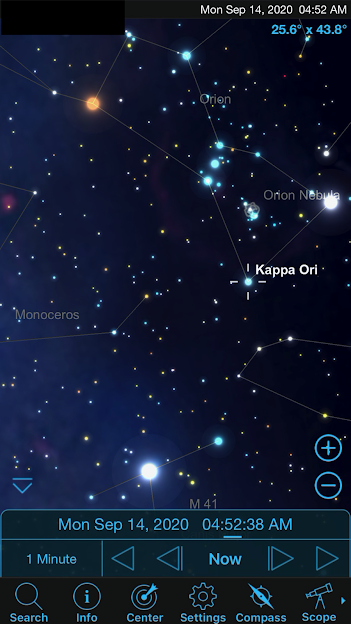Urban Heat IslandChanges Sky Seeing Conditions
Urban Heat Island DefinedAn urban heat island occurs in cities when the natural landscape is replaced by pavement, buildings, and other surfaces that absorb and retain heat. As a result, the materials create a hotter environment than rural areas. Temperatures can range from one to three degrees hotter during the day, and from three to seven degrees hotter at night! This “heat island effect” leads to increased energy costs, air pollution levels, and heat-related illnesses.
Due to the Urban Heat Island (UHI) effect, Los Angeles air temperatures can be up to 19°F hotter in urban areas compared to surrounding communities. This is because urban areas typically have more roofs and paved surfaces that absorb and radiate solar energy as heat instead of reflect light, coupled with a lack of trees and green spaces to cool the city down. Los Angeles currently experiences the highest UHI effect in California, which can be linked to the urban composition of the city.
Taipei Taiwan
In Taipei, urban island heat is the product many sources inclusive of air pollution, smog, smoke, particulate matter content in the air, humidity level, black paved streets, concrete sidewalks, air conditioners running day and night, homes with metal roofs, concrete and bricks instead of trees and grass, skyscrapers built with concrete, granite, marble, and tiles, rock, hot lights, cars and trucks, trains, buses, subway systems, construction equipment, direct sunlight without shade, bridges, lack of airflow, etc. and the retention of heat by other means.
Quick Fix to Improve Sky Seeing Conditions
by Minimizing the Urban Heat Island
* Make use of green plants and grass for landscape
* Observe before the sun rises when things cool down
* Erect fabric reflective silvered or white shades & awnings
* Maximize the daytime albedo
* Keep astro equipment indoors during the hottest times
* Hose down paved surfaces with water for cooling evaporation
* Remove mass objects that store thermal energy such as rocks
* Observe times of less humidity
* Monitor periods of less air pollution
* Be aware of atmospheric thermal conditions
* Observe periods before and after a storm front
* Utilize conditions after a rainstorm
* Make effective use of a light breeze or wind







































